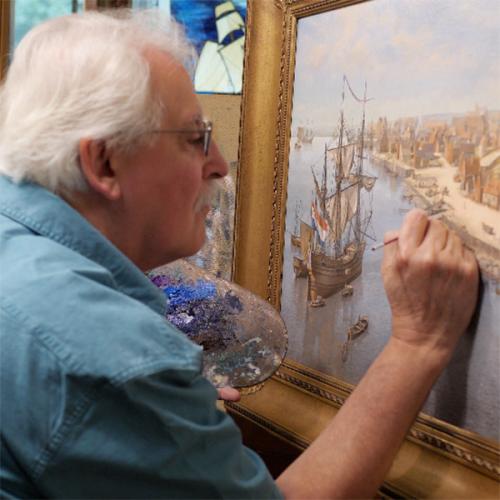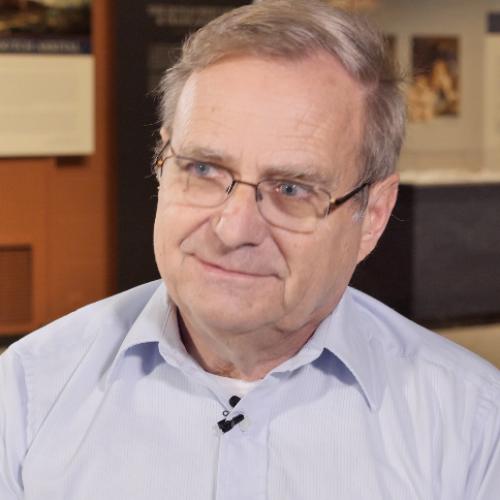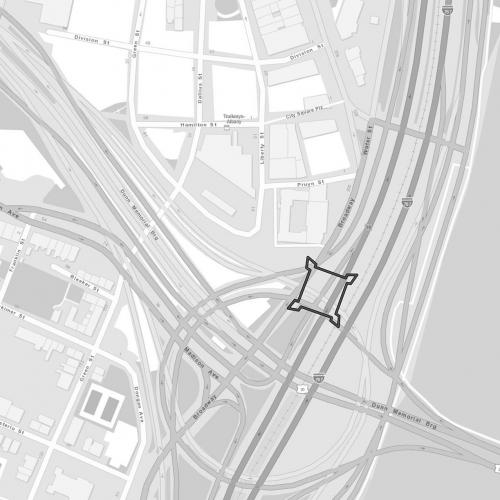
Video Interviews
Aligned with the Fort Orange lessons, the interviews below highlight archaeologists, historians, artists, and archivists who study and research the complex world of Fort Orange. The video interviews provide insight into their work and also into the many different professions that come together to create a picture of the past. Each video allows the content specialists to speak about their interpretation of Fort Orange as well as the many resources they use in their work. Enjoy the interviews as support for each lesson or independently.
Len Tantillo: Artist
The many diverse forms of evidence related to Fort Orange (archival material, archaeological artifacts, maps, foundations, etc.) help tell the story of the residents living in New Netherland but it requires someone to interpret those resources. Join acclaimed artist Len Tantillo as he explains how he takes historical research and research methods to create a literal picture of a historical landscape.
Len Tantillo: Painting History
What does it mean to paint history? How can one look back in time to find clues about how a person or a place looked hundreds or even thousands of years ago? Artist Len Tantillo describes the creative and investigative process he works through in order to best recreate history on canvas.
Len Tantillo: Recreating Fort Orange
Artist Len Tantillo details the historical resources and evidence he used in order to create his visual interpretations of what 17th Century Fort Orange might have looked like.
Dr. Paul Huey: Archaeologist
Archaeology tells the story of a community through what was left behind. Learn how Dr. Paul Huey used the excavation of Fort Orange to help create a more accurate picture of both the evolution of the fort and also the material culture, architecture, and people who lived at Fort Orange.
Paul Huey: Uncovering Fort Orange
Prior to excavating the site of Fort Orange in 1970, very little was known about the archaeology of 17th Century Dutch sites in Albany, New York. Paul Huey, the lead archaeologist from the Fort Orange excavation, describes the process of uncovering the site and the discovery of the first few Dutch artifacts from the 1630s.
Paul Huey and Joe McEvoy: Unearthing 17th Century Dutch Artifacts
What types of 17th Century Dutch artifacts did archaeologists find at the excavation site of Fort Orange? Why were these objects important in relation to the history of the fort?
Location of Fort Orange
Prior to the construction of a major thruway in downtown Albany, NY, in 1970, the exact location of Fort Orange was unknown. Delving into historical Dutch documents and old property deeds, historical archaeologists were able to uncover a small area of land near the construction site where, indeed, remnants of the old fort remained intact. Soon after, they began removing several 17th Century Dutch artifacts and excavating foundational walls of original structures within the fort.
Footage of the 1970 Archaeological Excavation of Fort Orange
Paul Huey: Locating Fort Orange
Dr. Paul Huey describes how the construction of houses, highways, and railroads throughout the 18th, 19th, and 20th Centuries destroyed large sections of Fort Orange.
New Netherland Research and Collections in the Office of Cultural Education
The State Archives, State Museum and State Library are among the largest repositories of documents, artifacts, furniture, and decorative arts from the 17th century colonial Dutch settlements in what became New York. Join Dr. Charles Gehring, Director of the New Netherland Research Center, Dr. Michael Lucas, State Museum Historic Archaeologist, and Dr. Jennifer Lemak, State Museum Chief Curator of History, as they discuss their research and highlight important documents and artifacts in their respective collections.




